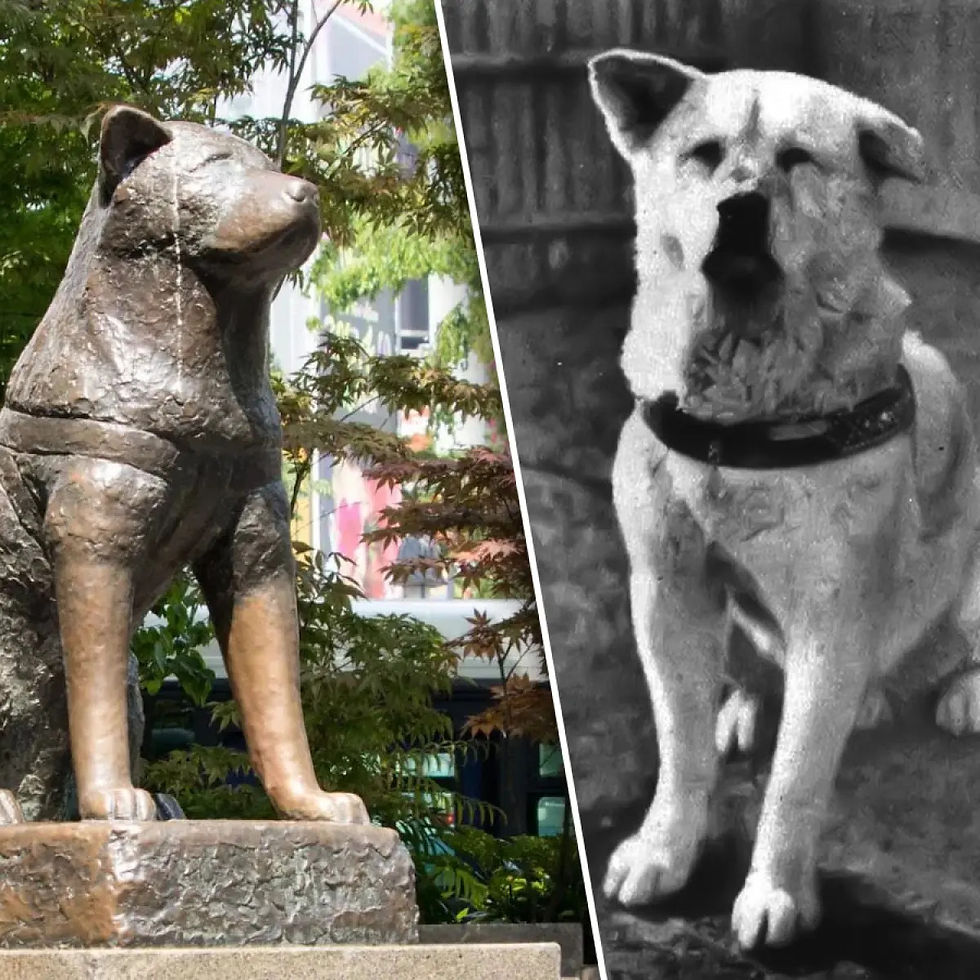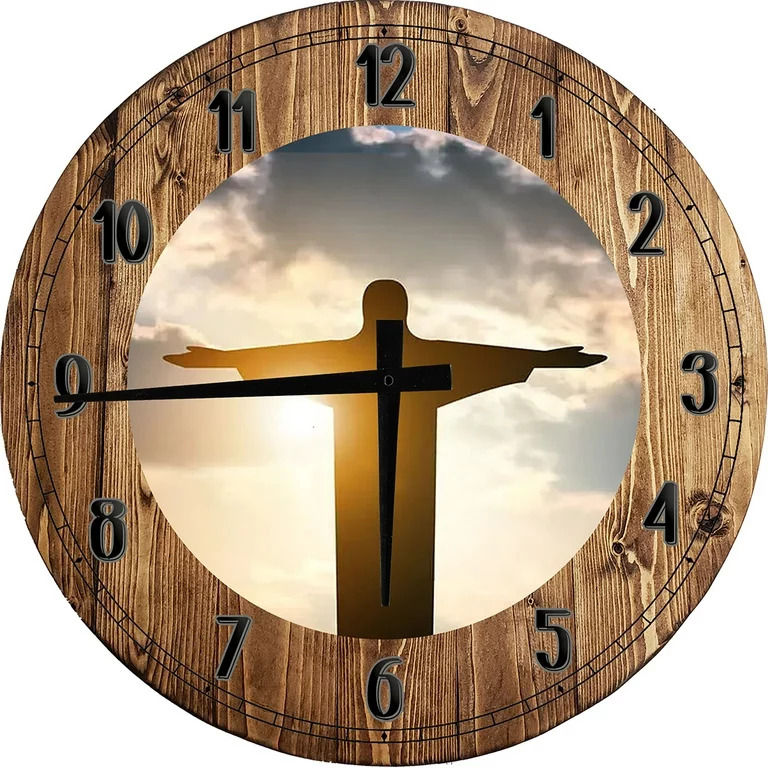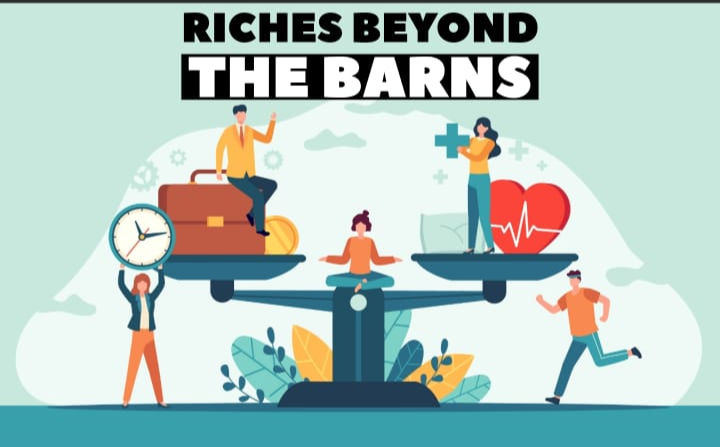WAITING, THE HACHIKŌ WAY!
- Charles
- 2 déc. 2023
- 5 min de lecture
Reflections for the First Sunday of Advent: Isaiah 63:16B-17, 19B; 64:2-7, 1 Corinthians 1:3-9, & Mark 13:33-37

Outside the Shibuya railway station in Tokyo, Japan stands a bronze statue honouring the memory of Hachikō, a pet dog. Why would anyone erect a statue for a canine friend? Hachi, as he was fondly called, was special for a unique reason. He was adopted as a pet by Hidesaburō Ueno, a professor of agriculture at the University of Tokyo in 1924. As part of their daily routine, Hachi would accompany Ueno every morning to the Shibuya station, where his beloved master would pet him farewell before boarding his train to work. Every evening at 03.00 PM, Hachi would wait at the station to greet his master upon his return from work. However, tragedy befell the inseparable friends on 21st May 1925, when Ueno suffered a fatal brain stroke while at work. He never returned to Shibuya but Hachi refused to give up hope. For the next 9 years, 9 months and 15 days, Hachi would turn up like clockwork at the Shibuya station precisely when the train was due expecting to greet his master once again. His wait continued till he breathed his last on March 8, 1935. He was buried next to his master in Tokyo's Aoyama cemetery. His story had so touched the nation, that a statue was erected in his honour at the exact spot where Hachikō waited each day. As we step into Advent, what can we learn from Hachikō’s extraordinary wait for Ueno?
1. Joyful wait: Hachi waited with joy because he relished his master’s presence and company. After Ueno’s death, his widowed wife, unable to provide adequate care for Hachi, entrusted him to Kobayashi, a former gardener of their family. Hachi, however, returned to the station every noon. Kobayashi’s son Kentaro once asked his father, “Do you think Hachi knows that Dr. Ueno is dead?”. Kobayashi replied, “I don’t know, Kentaro. Perhaps he still hopes that Dr. Ueno will return someday. Or perhaps he knows De. Ueno is dead, but he waits at the station to honour his memory”. To Hachi, the joy of a possible reunion with his master was worth the 9-year-long arduous and disappointing wait.

Advent is an opportunity to relive the joy of Christ’s coming in history in Bethlehem, through our experience of his mystical everyday coming in the Church and the Sacraments, and thus prepare ourselves for his coming in majesty at the end of time. Isn’t it unfortunate then that the very mention of the Second coming or the last judgment evokes fear and anxiety in us? Why would the return of the saviour, whom we so love and adore, inspire dread instead of joy? Advent is anything but a fear campaign! Hachi’s wait for his master helps us understand that our advent observances must be inspired by love and not fear. For, the incarnation of the Son of God brings with it the Good News of reconciliation and the joy of salvation for all creation. As John insists, “Indeed, God did not send the Son into the world to condemn the world but so that the world might be saved through him” (3:17). God’s judgement, like incarnation, is also a joyful and saving encounter between God and His creation.
2. Watchful wait: Hachi’s waiting was proactive for he made it his mission to eagerly search for his master’s presence. What does this active watchfulness imply for our advent? Saint John Henry Newman argues that the main difference between consistent and inconsistent Christians is the practice of ‘watching’, which he defines as follows: Do you know the feeling in matters of this life, of expecting a friend, expecting him to come, and he delays? Do you know what it is to be in unpleasant company, and to wish for the time to pass away, and the hour strike when you may be at liberty? Do you know what it is to be in anxiety lest something should happen which may happen or may not, or to be in suspense about some important event, which makes your heart beat when you are reminded of it, and of which you think the first thing in the morning? Do you know what it is to have a friend in a distant country, to expect news of him, and to wonder from day to day what he is now doing, and whether he is well?

Do you know what it is so to live upon a person who is present with you, that your eyes follow his, that you read his soul, that you see all its changes in his countenance, that you anticipate his wishes, that you smile in his smile, and are sad in his sadness, and are downcast when he is vexed, and rejoice in his successes? To watch for Christ is a feeling such as all these; as far as feelings of this world are fit to shadow out those of another. He watches for Christ who has a sensitive, eager, apprehensive mind; who is awake, alive, quick-sighted, zealous in seeking and honouring him; who looks out for him in all that happens, and who would not be surprised, who would not be over-agitated or overwhelmed, if he found that he was coming at once” (Parochial and Plain Sermons, vol.4, no22). Emulating the model of Hachi’s watchful waiting requires us to read the signs of our times and discern God’s entry points into our personal and community histories.
3. Hopeful wait: In his 9 years of waiting for his master, millions of trains and passengers passed before Hachi’s watchful eyes. His patient wait was met with daily disappointments, challenges of the weather, and the abuse and bullying of the passersby. In the face of these struggles, Hachi persevered in his hope. It is as if he could somehow feel his master’s presence even in his absence. In his intriguing book The Presence of Absence (2022), Simon Van Booy writes, “Life doesn’t start when you’re born. It begins when you commit yourself to the eventual devastating loss that results from connecting to another person”. Our waiting for Christ involves a certain suffering. Newman adds, “He watches with Christ, who ever commemorates and renews in his own person Christ's cross and agony, and gladly takes up that mantle of affliction which Christ wore here, and left behind him when he ascended.

And hence in the Epistles, often as the inspired writers show their desire for his second coming, as often do they show their memory of His first, and never lose sight of his crucifixion in his resurrection. Thus if St. Paul reminds the Romans that they "wait for the redemption of the body" at the Last Day, he also says, "If so be that we suffer with him, that we may be also glorified together." If he speaks to the Corinthians of "waiting for the coming of our Lord Jesus Christ," he also speaks of "always bearing about in the body the dying of the Lord Jesus, that the life also of Jesus might be made manifest in our body." If he consoles the Colossians with the hope "when Christ shall appear," of their "appearing with him in glory," he has already declared that he [Paul] "fills up that which remains of the afflictions of Christ in his flesh for his body's sake, which is the Church.” (Rom. 8:17-28; 1 Cor.1:7; 2 Cor. 4:10; Phil. 3:10; Col.3:4, & 1:24)”.
Advent invites us to become disciples of hope who can persevere in our commitment to wait for God’s coming in and through the challenges of our everyday lives. It is thus a time of hopeful waiting that can enable us to see the presence of Christ even in this seemingly agonising absence because it is not focused on oneself but on the person of Jesus. Let us begin our advent then with joyful, watchful and hope-filled waiting!




Comments